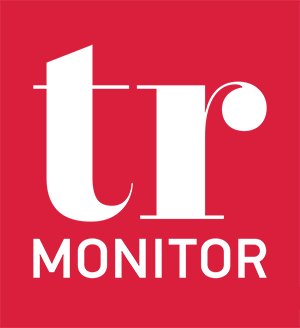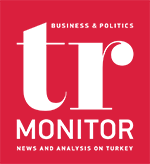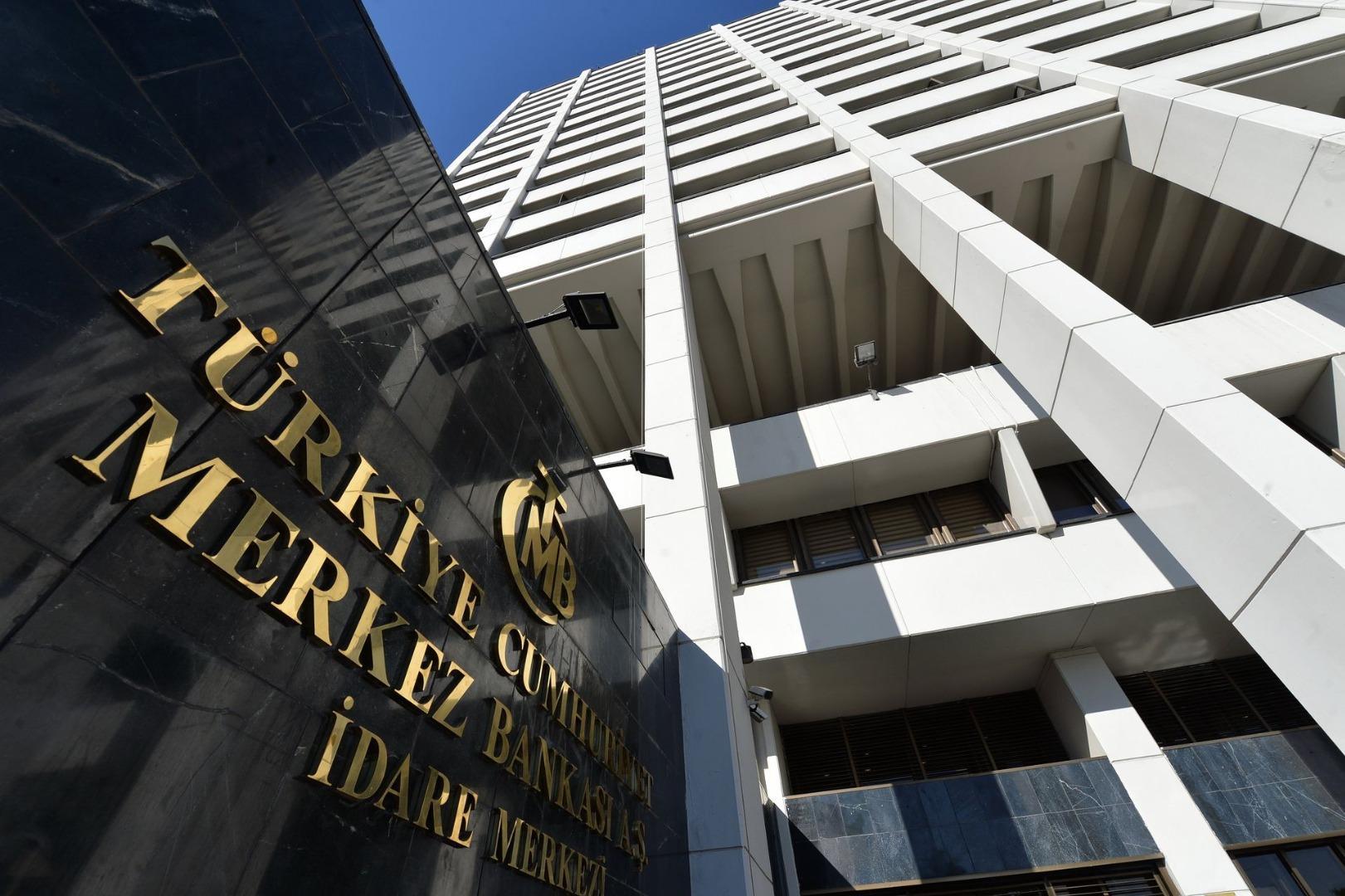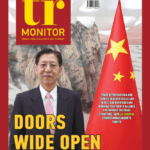BY REUTERS
Turkey’s central bank has begun setting the stage for a rate cut that President Tayyip Erdogan has long sought, although most analysts do not believe it will kick off this week after inflation jumped and the lira slipped.
The bank has maintained its benchmark value of 19% since March, when Erdogan installed Sahap Kavcioglu as its latest governor. That makes it one of the highest policy rates in the world – though so is Turkey’s inflation rate, which touched 19.25% last month.
Ahead of a monetary policy meeting to be held at 2.30 pm on Thursday in Ankara, here are four important questions:
WILL AN INTEREST RATE REDUCE?
After months of hawkish talk that allowed the lira to recover from the lowest time in June, the central bank has changed its tune in recent weeks.
On September 1, with telephone conferences with investors, Kavcioglu did not repeat a long-standing promise to keep the policy rate above inflation. Two days later, data showed inflation really exceeded 19% so that real interest rates become negative.
Kavcioglu also began to downplay this “headline” inflation figure, emphasizing instead that a “core measure” – which is lower – is more appropriate given the decline of the pandemic.
In a speech on September 8, he said that a nearly 30% spike in food inflation represents “short-term volatility”, so the bank will focus more on the core measure, which fell to 16.76%. He added that the policy was tough enough and predicted a falling price development during the fourth quarter.
Investors have taken all this as a dove-like turnaround, indicating that interest rate cuts are on the way. Some have warned of a “political mistake” if they arrive too early.
Fourteen of the 17 economists polled by Reuters estimate that relief will begin in the fourth quarter, two of which, including the Institute of International Finance, predict that it will start this week.
“While most people do not expect an interest rate cut, the bank’s new guidance suggests that it would not be surprising to see one on 23 September if it takes a slight slowdown in core inflation as permanent,” said Ozlem Derici Sengul, founding partner at Spinn Consulting, in Istanbul.
HOW LONG WILL ERDOGAN WAIT?
Many analysts say Erdogan seems impatient for monetary stimulus, given that loans are expensive and he faces a tough election by 2023. Some say a rapid rate cut could even signal plans for an early vote.
In recent months, the central bank has called for patience due to unexpected inflationary pressures caused by rising global commodity prices and an increase in summer demand when pandemic restrictions eased.
Despite the risk of currency depreciation and stubbornly high inflation, Erdogan is likely to get what he wants soon.
He was a self-described “interest rate enemy” and ran the last three central bank governors for a 20-month period due to political differences.
In June, Erdogan said he spoke with Kavcioglu about the need for an interest rate cut after August.
In early August, he said “we will start to see interest rate cuts” because it was “not possible” for inflation to rise further.
Market tensions “will increase as President Erdogan continues to raise political pressure for interest rate cuts, while inflationary pressures increase,” said Phoenix Kalen, global head of emerging market research at Societe Generale.
WHEN CAN INFLATION COOL DOWN?
Annual headline inflation should remain high through October and begin to fall in November due to the base effect of a jump late last year, since then it has continued to rise.
The government predicts that inflation will fall to 16.2% by the end of the year, while Goldman Sachs and Deutsche Bank see 16.7%. That should provide a window for at least one rate cut in the fourth quarter, most analysts say.
However, as Turkey imports heavily, further lira weakness could drive inflation higher and complicate or even counteract any relief. High import costs were reflected in the 45.5% annual jump in the producer price index last month.
Another risk is that the US Federal Reserve will remove its stimulus from the pandemic sooner than expected, which would raise US interest rates and hurt currencies in emerging markets with high foreign debt, such as Turkey.
Analysts say the biggest problem is the central bank’s reduced credibility in the face of political interference, leading to years of double-digit price increases and little confidence that inflation will soon return to a 5% target.
Ricardo Reis, a London School of Economics professor som presented a paper this month at the Brookings Institute, found that Turkey’s “inflation anchors appear to be definitely lost” based on market expectation data from 2018 to 2021.
Annual rate of change for large emerging market economies
HOW DO INVESTORS AND SAVERS CHANGE?
When Kavcioglu reduced inflationary pressures earlier this month, the lira weakened by 1.5% in the biggest daily decline since May. It has fallen by almost 15% since Erdogan replaced Kavcioglu’s hawk-like predecessor Naci Agbal in March.
Foreign investors have only about 5% of Turkish debt after reducing their holdings for years.
Some still say that recoveries in exports, tourism revenues and in the central bank’s foreign reserves make lira assets more attractive.
“With such low inventories in Europe, I can not see how exports will not continue to go well,” said Kieran Curtis, Aberdeen Standard Investment’s portfolio manager.
“It feels to me like it’s more of a step towards getting rid of the authorities (but) I do not think anyone expects a cut at the next meeting,” he said.
In Turkey, rising prices for basic goods such as food and furnishings have caused individuals and companies to pick up speed record levels of dollars and gold. They held USD 238bn in hard currencies this month.










